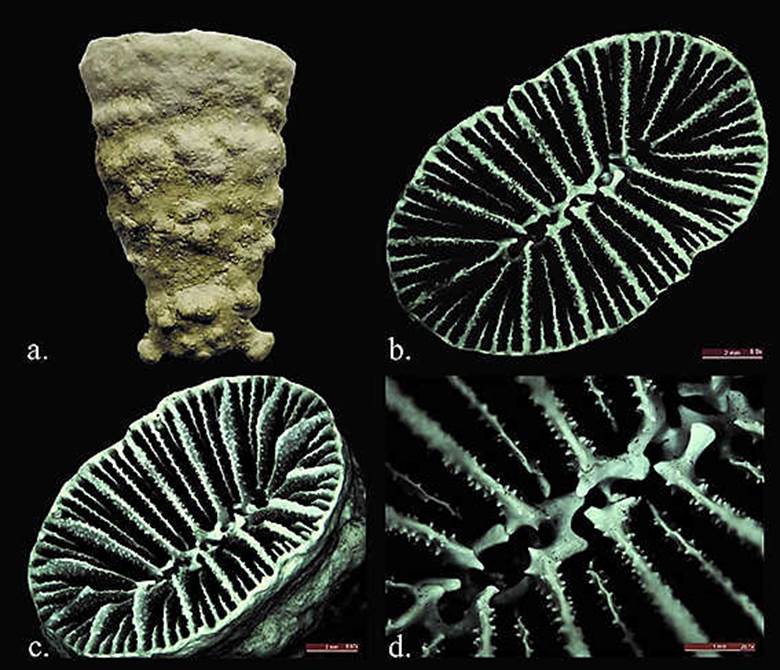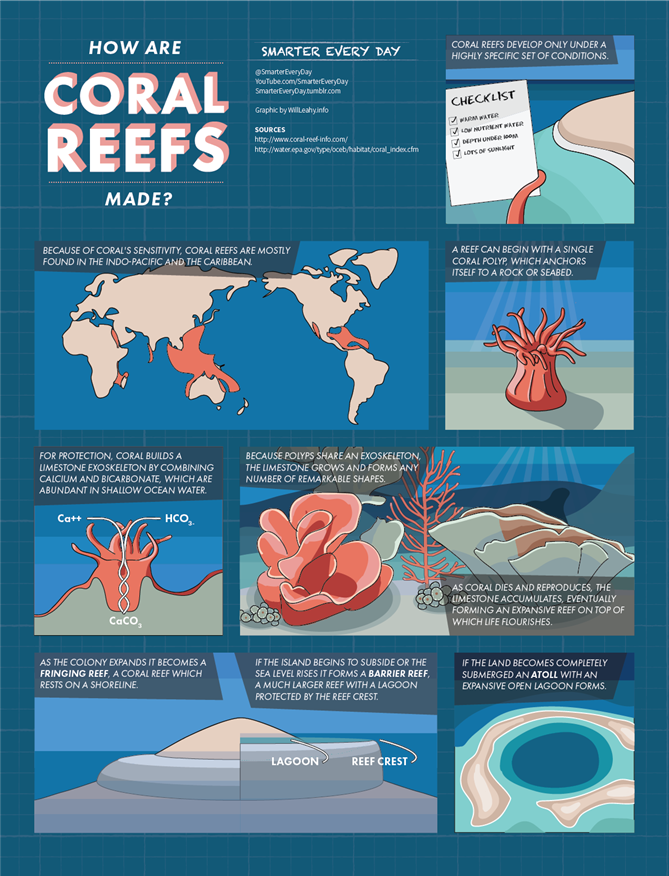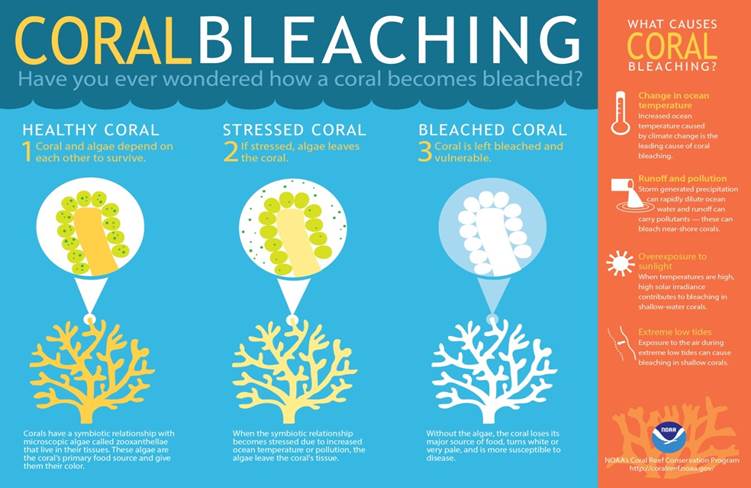Free Courses Sale ends Soon, Get It Now


Free Courses Sale ends Soon, Get It Now



Copyright infringement is not intended
Context: Four new corals recorded from Indian waters. The species newly found off Andaman and Nicobar Islands belong to same family
More on the news:


https://epaper.thehindu.com/Home/ShareArticle?OrgId=GP49V1KRJ.1&imageview=0
© 2024 iasgyan. All right reserved